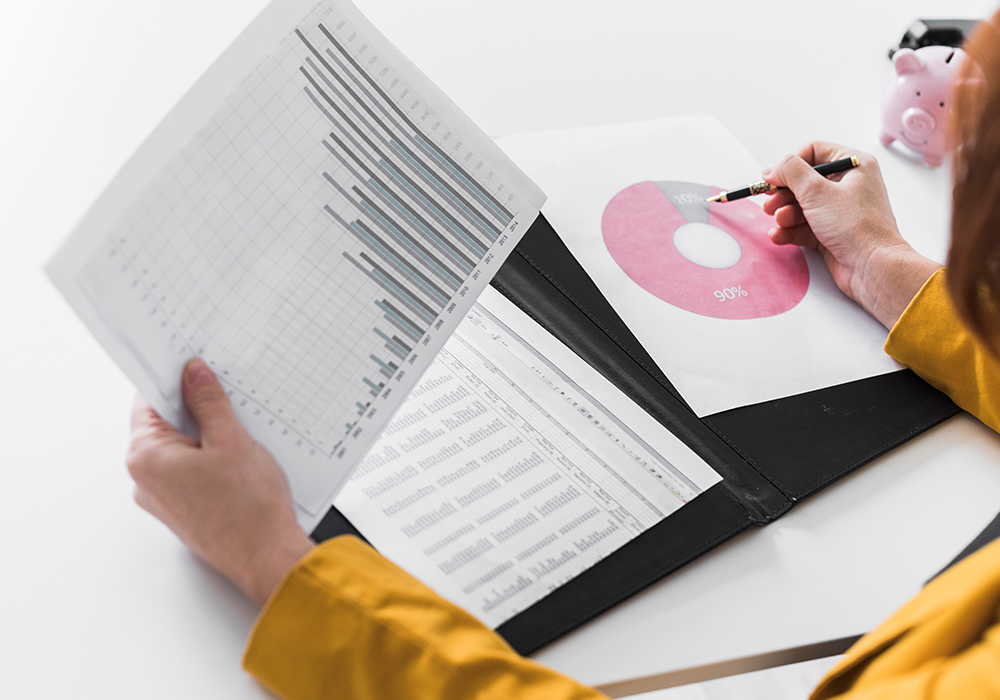Market indices reflect the feeling of the general market, such as the S&P 500, Dow Jones Industrial Average, or Nasdaq Composite. Investors and traders might consider these very indices to provide a judgment, if not valuable insights, on the general economic environment and investor psychology.
How indices reflect market sentiments could, in turn, point to informed decisions in trading, especially in instances when the markets have become so volatile or during periods of economic uncertainty.

1. What Market Sentiment Is and Why It Matters?
Market sentiment is an umbrella term that summarizes the general sentiment of the investor base toward a certain market or asset class in terms of the sentiments expressed on price movements, volumes of trade, and volatility.
Good sentiment normally sees prices move upwards, while bad sentiments have often led to a fall. Sentiments are driven by many variables, such as economic indicators, geopolitical events, company earnings, and global financial trends.
That is why sentiment analysis is so crucial to traders: Markets don’t always act rational; prices move on investors’ perception and then often overshoot in either direction. By correctly measuring market sentiment, traders are better prepared to speculate on any potential price changes and subsequent volatility.
2. Indices as Indicators of Sentiment
Indices summarize the performance of a bundle of stocks and provide a composite representation of a particular market segment or economic sector. For example, the S&P 500 would represent the health of large-cap U.S. companies, while the Nasdaq Composite, because it is more representative of technology, may be seen as a reflection of views on the technology sector.
These will also move with the market sentiment in real time: upward moves reflecting bullishness and downward moves reflecting bearishness. Indice values tend to increase during periods of high economic news or changes in policies, where uncertainty or optimism by investors is factored into the indices.
3. Reading the Patterns of the Indexes
Market sentiment is interpreted through the indices mainly by price pattern analysis and chart trends. Traders often look at:
Averages Move: Crosses in the moving averages, such as the 50-day and 200-day ones, may provide an indication of a change in sentiment. There are instances known as the “golden cross” when a shorter-term average crosses above the long-term one that usually points to bullish sentiments and instances known as the “death cross” that can point to bearish expectations.
Resistance Levels: If the indices have touched the resistance levels several times but fail to cross over, then this can indicate massive selling pressure at the top, hence bearish sentiment. Conversely, if the same have bounced back from the support levels, then it may reflect a floor of bullish sentiment.
Volume Trends: On rallies, increased trading volumes in the indices reflect strong positive sentiment as more investors actively buy into them. Conversely, high volume on declines signifies panic selling or bearish sentiment.

4. Indicators Derived from Indices
Besides price and volume, many sentiment indicators are calculated based on index data. The most important sentimental indicators are:
Put/Call Ratios: The put-to-call ratio is calculated by dividing the volume of put options by the volume of call options. High readings show bearishness because more investors are seeking protection, and low readings indicate bullishness.
Volatility Index (VIX): Conventionally referred to as the “fear index,” the origin of VIX is rooted in the implied volatility of S&P 500 options. When VIX is high, it indicates high levels of fear or uncertainty in the market; whereas low readings are indicative of calm or complacency.
Advance-Decline Line: This plots the number of advancing stocks against the number of declining ones in an index. A rising advance-decline line portrays positive, bullish sentiment, while a falling line could indicate negative market breadth and may suggest impending bearish sentiment.
5. Practical Applications to Traders
Traders use market sentiment indicators from indices to refine their strategy:
Trend Following: Traders may follow the trend by taking positions in the direction of sentiment-driven momentum; this is especially the case when a long-term index trend is aligned with positive or negative sentiment indicators.
Contrarian Trading: Contrarians try to profit by taking opposite sides from prevailing sentiment. If an index becomes overbought-meaning, extremely bullish-or oversold, meaning extremely bearish, contrarian traders may expect a turnaround.
Sector Rotation: When there is positive sentiment in one sector and negative in another, a trader may execute a sector rotation, moving capital from deteriorating sectors to strengthening ones using sector-specific indices sentiment signals.
6. Sentiment Analysis Limitations
Sentiment cannot be solely reliant on the indices for a number of reasons. First, other external influences such as government policies and major corporate earnings may also cause a temporary shift in sentiment. Second, the index itself is made up of a group of stocks and will not perfectly reflect overall sentiment within an individual sector or industry.
Conclusion:
However, market sentiment analysis via indices movements gives the trader a better view of investor psychology and the general economic outlook. The interpretation of the indices themselves cannot provide a complete forecast; rather, integration of index trends, volume, and other sentiment indicators-the VIX or put/call ratios-can better help a trader make more sense out of market dynamics.
In this way, traders who time their strategies according to market sentiment trends can be in a better position to make uninfluenced judgments, thus enhancing their market timing and risk management.






